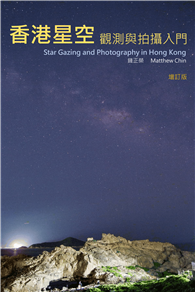"There is nothing constant in the universe, all ebb and flow, and every shape that is born bears in its womb the seeds of change." - Ovid
"A faithful study of the liberal arts humanizes character." - Ovid
"History is not the study of the past; it is the study of change." - Yuval Noah Harari.
Ovid’s Metamorphoses is a sweeping epic describing the transformations that created his world. He begins with the creation of the world. He ends with the assassination and deification of Julius Caesar about 50 years before the completion of the Metamorphoses.
Ovid weaves together over two hundred and fifty myths of gods and humans into a continuous story, including the Trojan War, Pyramus and Thisbe, Perseus and the Gorgon, Pluto and the Proserpina, Arachne and Minerva, Jason and the Golden Fleece, Hercules and Cerberus, OEdipus and the Sphinx, Theseus and the Minotaur, D dalus and Icarus, Pygmalion’s statue, Midas’s golden touch and Romulus building Rome. The Metamorphoses mentions all the main gods, goddesses, and heroes. It contains stories from The Iliad, The Odyssey and The Aeneid and the only flood story in Greco-Roman mythology. It is a truly comprehensive work; perhaps the most accessible of the classics.
Metamorphoses is vast and complex yet light and lively. It is an engrossing exploration of human nature, the power of love, the threat of violence and the world’s ever-changing nature. Ovid revels in the enormous variety of the physical world and the vagaries of human psychology and has produced this delightful work for the reader to dip into or read from beginning to end. This edition, designed for the reader, contains a summary of each myth and a detailed table of contents so you can go straight to any of the 250 stories. Numerous explanations enhance the modern reader’s experience.
Publius Ovidius Naso (43 BC-AD 17/18), known as Ovid in English, was, together with Virgil and Horace, one of the three great Roman poets. His influence on literature and art in the Middle Ages and Renaissance is immense. His stories appear in the works of Chaucer, Dante, Bocaccio and Shakespeare and have inspired numerous Renaissance paintings and sculptures. He has enjoyed enormous popularity through the centuries, starting in his lifetime. He is best known for Metamorphoses.












